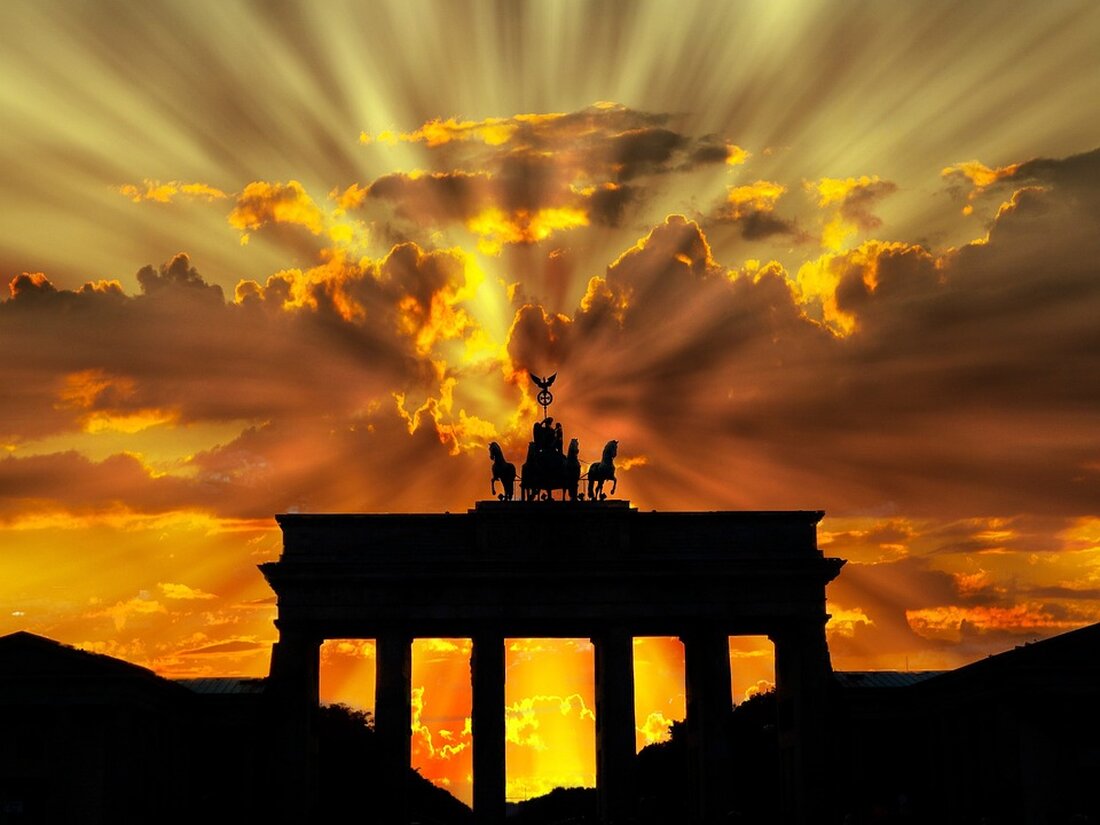The Brandenburg Gate - Berlin's symbol of freedom
The Brandenburg Gate - Berlin's symbol of freedom The Brandenburg Gate is a symbol of freedom and peace in Berlin. The Brandenburg Gate is one of the most famous landmarks in the German capital and represents the reunification of Germany after the fall of the Berlin Wall. The archway is an architectural masterpiece and an important symbol of German history. History of the Brandenburg Gate The Brandenburg Gate was built in 1791 by the Prussian King Friedrich Wilhelm II. It is a baroque archway that was originally intended as an entrance gate to the city of Berlin. The gate is a masterpiece of architecture and is still...

The Brandenburg Gate - Berlin's symbol of freedom
The Brandenburg Gate – Berlin’s symbol of freedom
The Brandenburg Gate is a symbol of freedom and peace in Berlin. The Brandenburg Gate is one of the most famous landmarks in the German capital and represents the reunification of Germany after the fall of the Berlin Wall. The archway is an architectural masterpiece and an important symbol of German history.
History of the Brandenburg Gate
The Brandenburg Gate was built in 1791 by the Prussian King Friedrich Wilhelm II. It is a baroque archway that was originally intended as an entrance gate to the city of Berlin. The gate is a masterpiece of architecture and remains a symbol of freedom and peace today.
The Brandenburg Gate has played an important role in Germany's history. It was a symbol of the division of Germany during the Cold War. It was restored as a symbol of the reunification of Germany after the fall of the Berlin Wall and is now a symbol of freedom and peace.
The Brandenburg Gate today
The Brandenburg Gate is now one of the most famous landmarks in Berlin. It is a popular photo opportunity and a popular tourist destination. Every year hundreds of thousands of tourists come to see the symbol of freedom and peace.
The Brandenburg Gate is a popular destination for events and celebrations. It is a popular place for concerts, celebrations and other cultural events. It is also a popular location for political demonstrations and rallies.
The Brandenburg Gate and its significance
The Brandenburg Gate is a symbol of freedom and peace. It is a symbol of unity and the reunification of Germany after the fall of the Berlin Wall. It also represents hope for a peaceful future.
The Brandenburg Gate is a symbol of German history and German culture. It is a symbol of freedom and peace and a symbol of hope for a better future. It is a symbol of unity and cohesion in Germany and a symbol of freedom and peace in the world.

 Suche
Suche
 Mein Konto
Mein Konto